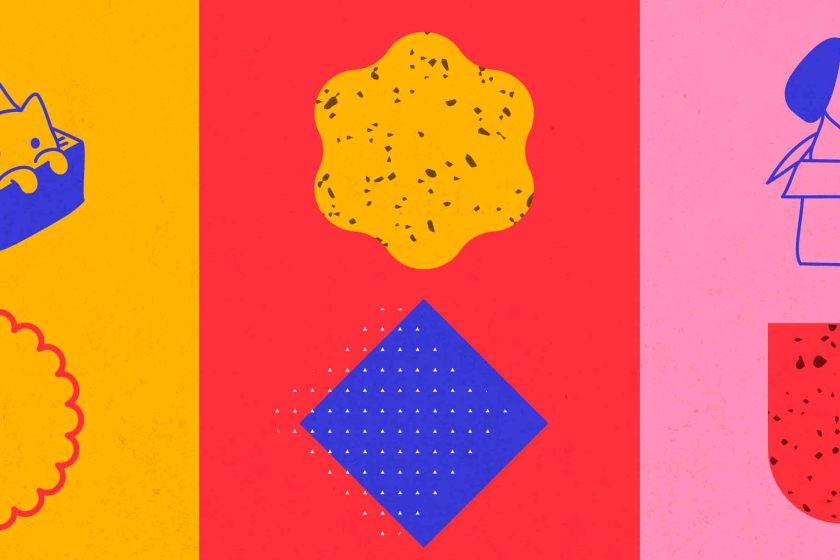

With every challenge comes an opportunity. Pet food branding has both because it’s such a highly emotional space for consumers. These days, it’s also confusing––with so many product forms, types, and philosophies on proper animal nutrition. Helping pet parents connect to your CPG pet food brand by solving a problem while reinforcing their need to be good pet owners is a reliable way to build brand loyalty.
Brand loyalty is imperative to the success of your brand in CPG pet food because it drives repeat purchases and helps weather changes in price points due to inflation or limitations to supply. Perhaps not entirely unconditional, brand love is forgiving and the key to growth because brand loyalists will also do your marketing for you through word of mouth.
You drive trial and build brand loyalty by creating an emotional connection on a deeper level at the shelf––the consumer must feel like you are speaking directly to them, understanding their pain points. And, of course, your product must be effective.
What are the building blocks of brand loyalty?
There are five stages to a buyer’s decision-making process at the retail level.
1) A need is triggered. This can happen through marketing or organically within the consumer’s household. Perhaps the pet is experiencing health issues or has become a picky eater. Perhaps a gut-wrenching Superbowl commercial has made our pet owners question how well they feed their beloved pets.
2) A search ensues. Again, marketing, influencers, or positive brand or store associations can be starting points for identifying the ideal product.
3) The purchaser assesses options from their search. Do not underestimate the power of referrals, particularly in the pet category. Trainers, vets, family, and friends have a lot of influence over pet owners seeking solutions.
4) A decision is made. Typically based on a combination of value, convenience, availability, and positive association, the consumer makes the purchase decision. You’re in! But wait…
5) In this critical moment, their decision is either positively or negatively reinforced, which impacts stage 2 in the next buying cycle. The pet can dislike the flavor or texture. This reaction is tricky for the consumer to predict, so this stage is still a trial-based experience.
However, if the product they have chosen for their beloved pet makes them feel like a good pet parent through its benefits or the sheer delight of the pet, you’ve connected to their higher desires on an emotional level.
And this is how brand loyalty is born.
To learn more about building a pet food brand, read this article.









